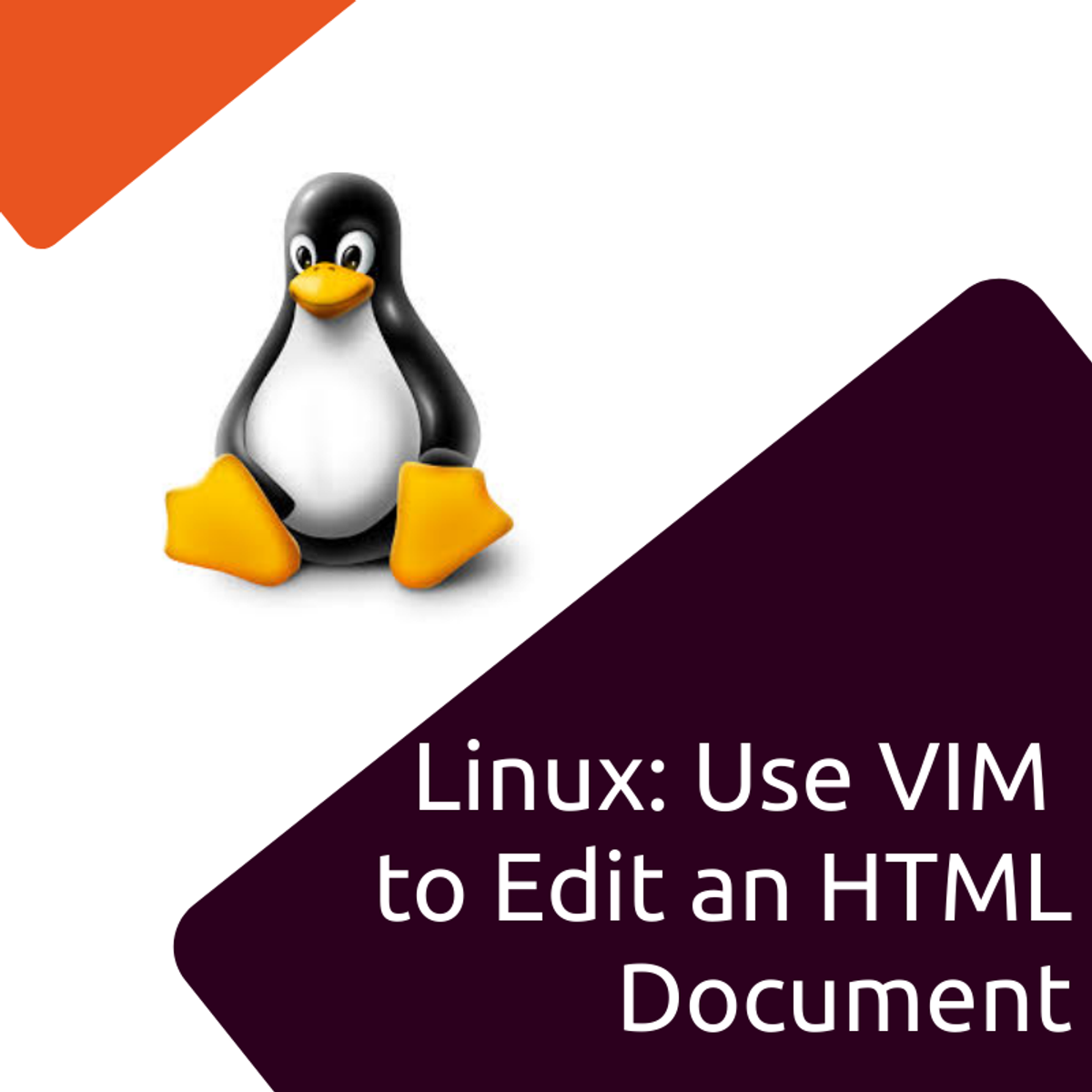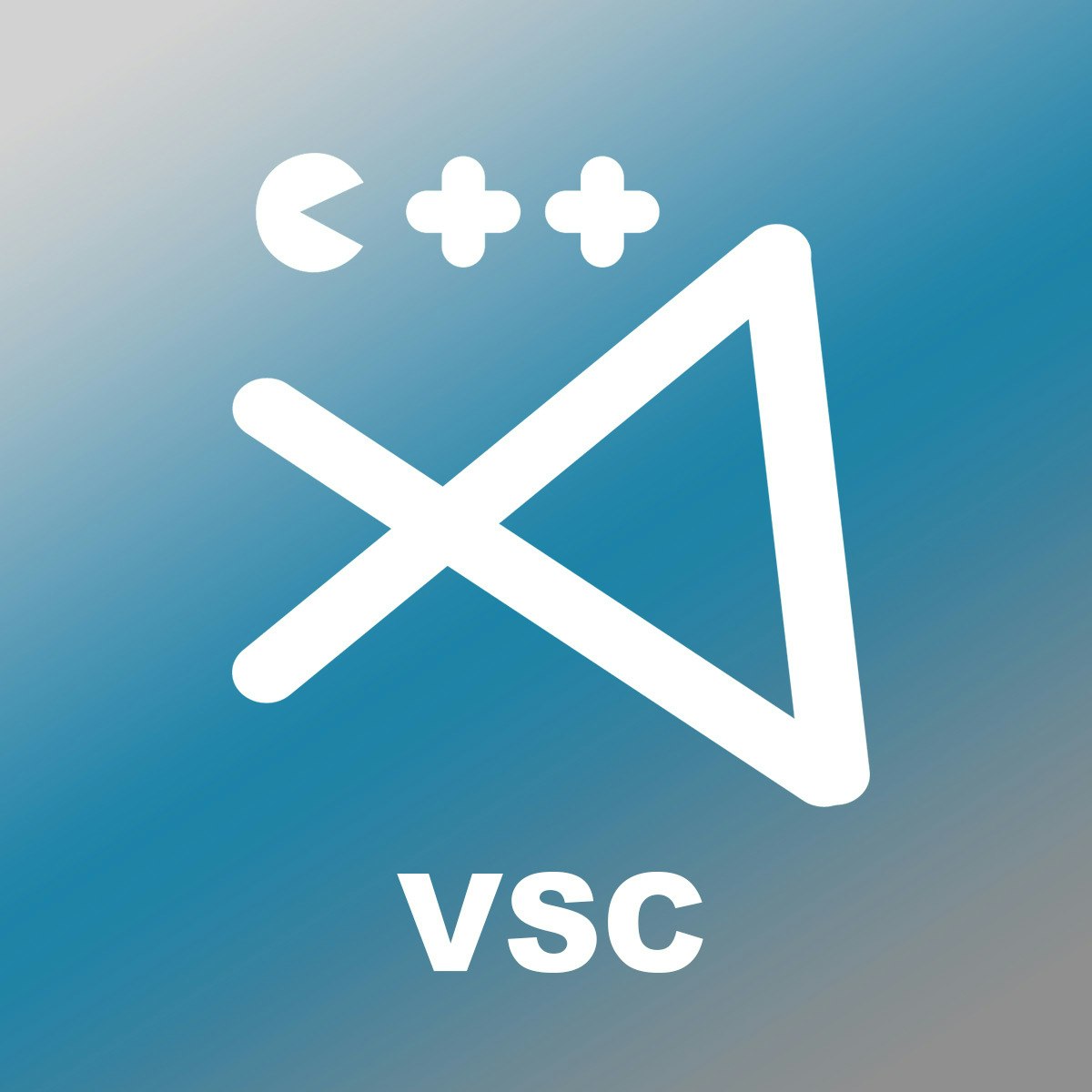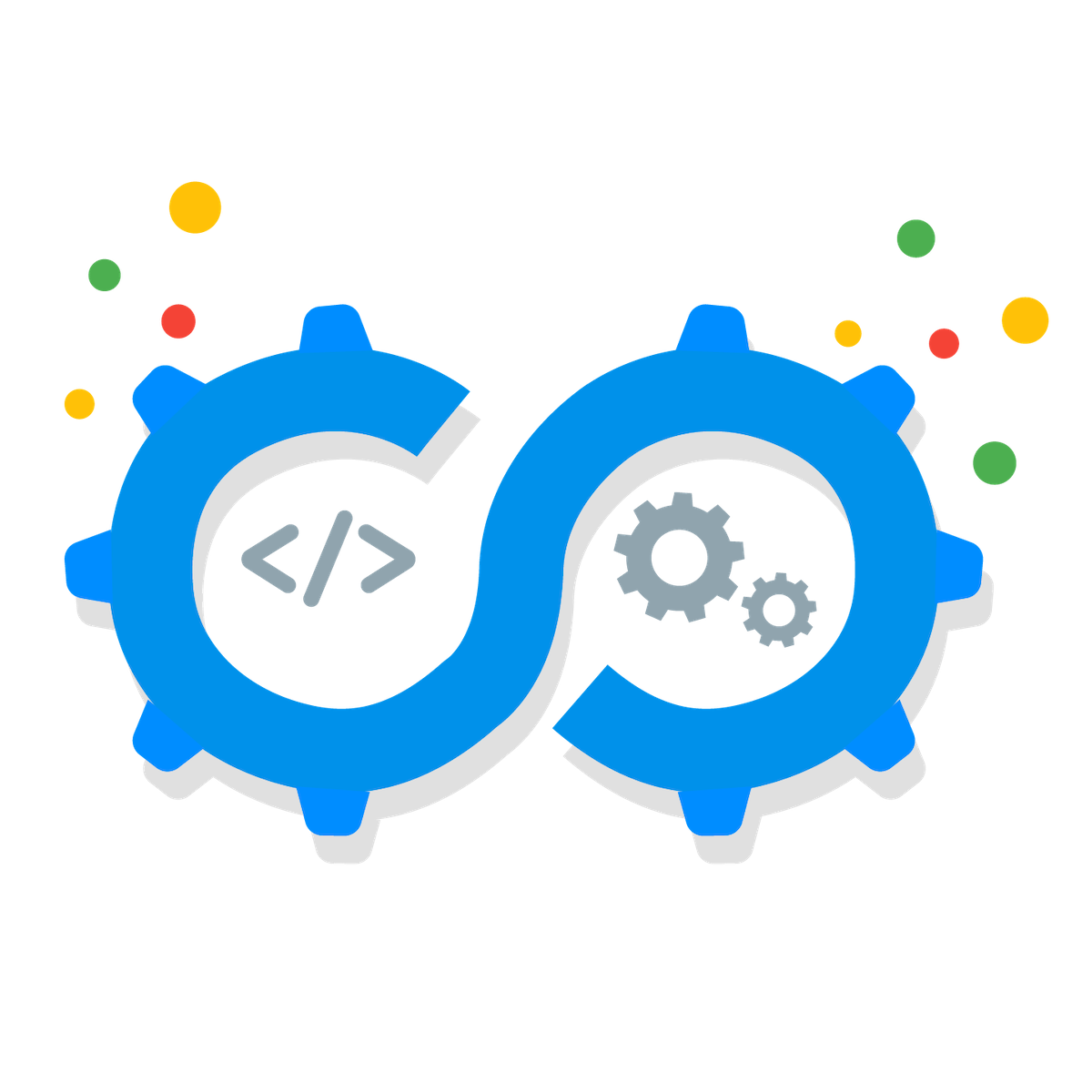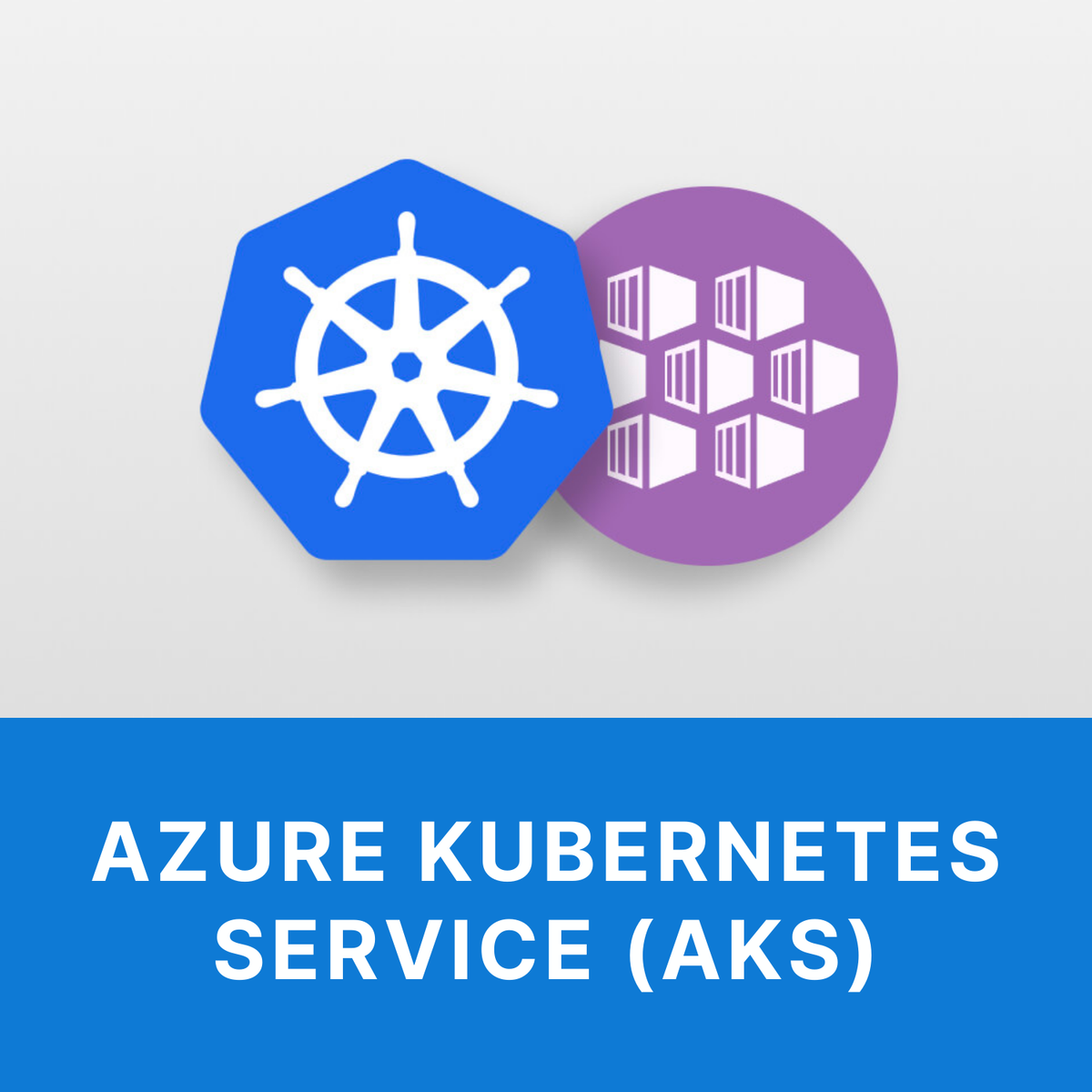Back to Courses









Support And Operations Courses - Page 15
Showing results 141-150 of 203

Automating Real-World Tasks with Python
In the final course, we'll tie together the concepts that you’ve learned up until now. You'll tackle real-world scenarios in Qwiklabs that will challenge you to use multiple skills at once.
First, we'll take a closer look at how to use external Python modules to extend your code's capabilities, and spend some time learning how to use documentation to learn a new module. For example, we'll use the Python Image Library (PIL) to create and modify images. We'll show you some simple examples of how to perform common tasks in the course material, but it will be up to you to explore the module documentation to figure out how to solve specific problems.
Next, we'll show you how to communicate with the world outside of your code! You'll use data serialization to turn in-memory objects into messages that can be sent to other programs. Your program will send messages across the network to Application Programming Interfaces (APIs) offered by other programs. For those times when your code needs to talk to a person instead of a program, you'll also learn to send email messages.
At the end of this course, you’ll be able to take a description of a problem and use your skills to create a solution -- just like you would on the job. In your final capstone project, you'll be given a description of what your customer needs, and it will be up to you to create a program to do it!

Linux: Use Vim to Edit an HTML Document
In this 1-hour long project-based course on Linux: Use Vim to Edit an HTML Document, you will be working entirely in the Bash shell and using powerful VIM commands to learn how we can fully work with files without the need of an IDE or text editor GUI. You will be going through a full workflow, from entering, and exiting VIM, saving and quit without save, to powerful copy, paste and search and replace commands which will allow us to work with single words, whole lines and even chunks of text. You will no longer be confused over the various modes in VIM, and you will be able to comfortably work with files of any size.
This course is designed for any person working or who intends to work with Linux, from Linux system administrators to developers and DevOps practitioners. Or even if you are a student who is curious to get comfortable with Linux this course is for you also.
This is an intermediate level course and is designed for an individual who has a beginner's knowledge of the Linux/Unix command line and Unix crud practices in computer science.
Note: This course works best for learners who are based in the North America region. We’re currently working on providing the same experience in other regions.

Connected Sheets: Qwik Start
This is a Google Cloud Self-Paced Lab.
With Connected Sheets, you can analyze billions of rows and petabytes of data in Google Sheets without specialized knowledge of computer languages like SQL. In this hands-on-lab, you will learn how to connect a BigQuery dataset to Google Sheets and analyze your data.

Configuring the C/C++ Extension Pack with Visual Studio Code
In this 1.5 hours guided project, you will learn how to install, configure and use the C/C++ extension pack in Visual Studio Code. At the end of the class, you will be familiar with the major components of the extension pack. You will also be able to build, debug, customize your development experience, and distribute your configurations to other workstations. Topics include C++ colorization, Intellisense, build, debug, CMake tools, SSH remote development, and Doxygen documentation generator. Basic C or C++ programming experience is highly recommended.

Developing a Google SRE Culture
In many IT organizations, incentives are not aligned between developers, who strive for agility, and operators, who focus on stability. Site reliability engineering, or SRE, is how Google aligns incentives between development and operations and does mission-critical production support. Adoption of SRE cultural and technical practices can help improve collaboration between the business and IT. This course introduces key practices of Google SRE and the important role IT and business leaders play in the success of SRE organizational adoption.
Primary audience:
IT leaders and business leaders who are interested in embracing SRE philosophy. Roles include, but are not limited to CTO, IT director/manager, engineering VP/director/manager.
Secondary audience:
Other product and IT roles such as operations managers or engineers, software engineers, service managers, or product managers may also find this content useful as an introduction to SRE.

Dialogflow Logging and Monitoring in Operations Suite
This is a self-paced lab that takes place in the Google Cloud console. In this lab you will learn how to use Dialogflow tools to troubleshoot your Virtual Agent.

Containerised app development with Azure Kubernetes Service
Use Microsoft Azure services to create a Kubernetes deployment of a simple voting application with a Redis backend.

VM Migration: Planning
This is a self-paced lab that takes place in the Google Cloud console. This lab provides a high level overview of the Google Cloud Adoption Framework and then deep dives into how to automate environment setup and deployments on GCP.

Package Installation in Linux
In this one-hour, project-based course, you'll learn several ways to install and update applications in Linux. These include the Software Center, apt, AppImage and something called a "tarball."
This guided project will introduce you to the following concepts:
-Linux Software Center
-apt command-line utility
-Batch files
-AppImage
-Tarball

Command Line Basics in Linux
In this one-hour, project-based course, you'll learn your first commands for the Linux command-line. You’ll learn how to bring up the manual for any Linux command, how to issue a command as a super-user to access restricted files and operations and how to navigate directories and display Linux command history.
This guided project will introduce you to the following concepts:
-Navigating directories
-Listing, copying and moving files
-Outputting to and amending text files
Popular Internships and Jobs by Categories
Browse
© 2024 BoostGrad | All rights reserved


